The Lindisfarne Gospels – Complete
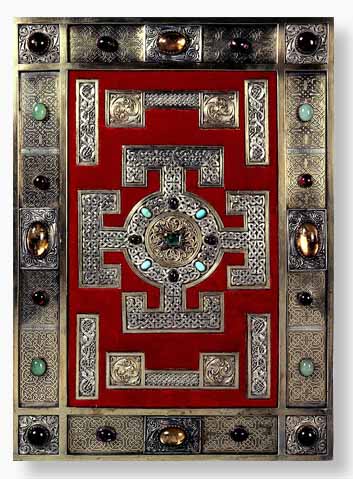
It was written and decorated at the end of the 7th century by the monk Eadfrith, who became Bishop of Lindisfarne in 698 and died in 721. Its original leather binding, long since lost, was made by Ethelwald, who succeeded Eadfrith as bishop, and was decorated with jewels and precious metals later in the 8th century by Billfrith the Anchorite.
This is an eBookTreasures edition which includes all pages from the manuscript and audio narration and interpretation on selected pages.
Buy Now from iTunes £3.49
The Lindisfarne Gospels – Highlights

It was written and decorated at the end of the 7th century by the monk Eadfrith, who became Bishop of Lindisfarne in 698 and died in 721. Its original leather binding, long since lost, was made by Ethelwald, who succeeded Eadfrith as bishop, and was decorated with jewels and precious metals later in the 8th century by Billfrith the Anchorite.
This is an eBookTreasures edition which includes selected pages from the manuscript and audio narration and interpretation on all pages.
Buy Now from iTunes £1.99
Buy Now for Kindle £4.67
The Gutenberg Bible
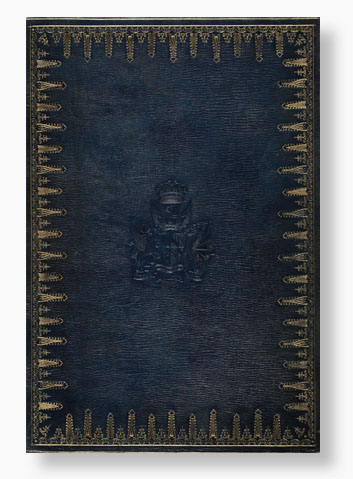
The substantial two folio volumes are remarkable for the fine quality of the printing, executed with great care and attention to detail. This exact facsimile edition is taken from the John Rylands Library copy which is one of forty-eight substantially complete surviving copies, now housed in libraries across the world. Purchased by George John, 2nd Earl Spencer in 1790 it found its way to Manchester in 1892 when Enriqueta Rylands purchased the Spencer Collection of books. This copy includes original hand decorated initials at the beginning of each book and was probably at the Cistercian monastery of Eberbach, not far from Mainz, in the fifteenth century.
This eBookTreasures facsimile edition contains the complete book.
Buy Now from iTunes £8.99
The Holkham Bible
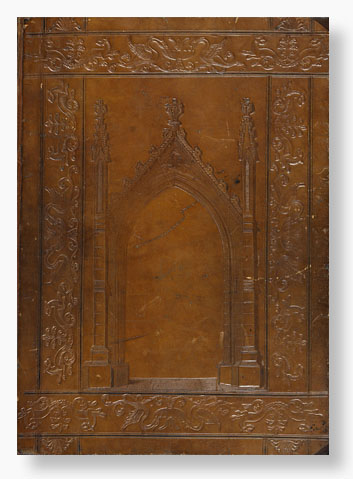
The Holkham Bible tells highlights of the Bible story, from Creation, through the life of Jesus, to the Last Judgment. It is only loosely based on the Bible, and includes plenty of apocryphal episodes, especially about Jesus’s early life. It does this with brief text that is part prose, part poetry, and most importantly, with a unique sequence of illustrations that draw many of their details from everyday life.
The book was probably made in London in the mid-14th century, round about the time of Geoffrey Chaucer’s birth.
This eBookTreasures facsimile edition contains the complete manuscript.
Buy Now from iTunes £2.99
The Carpentin Hours
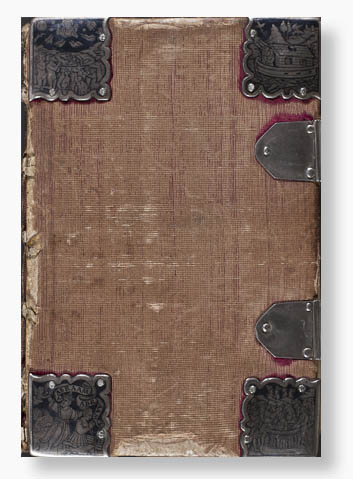
The manuscript remained in family hands until 1927. In 1940 it was stolen from a Parisian bank vault by Nazi forces. After the war it was returned to its owner in New York, where it remained unseen until 1997.
This eBookTreasures facsimile edition contains the complete manuscript.
Buy Now from iTunes £3.49
The Golden Haggadah
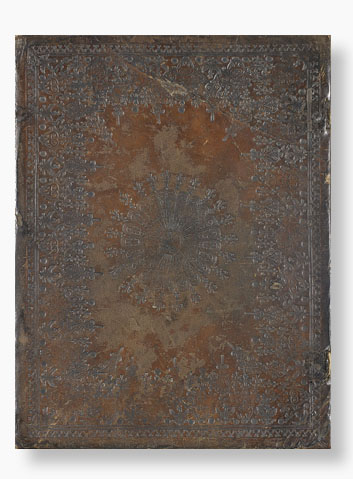
This eBookTreasures facsimile edition contains the complete manuscript along with audio and text commentary on selected pages.
Buy Now from iTunes £2.99
The Rylands Haggadah
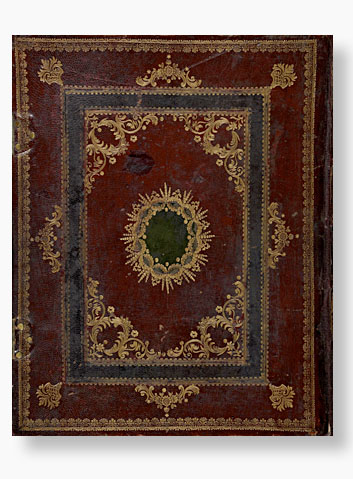
This is an eBookTreasures facsimile edition, which includes specially-recorded recitation.
Buy Now from iTunes £1.99
The Bedford Hours
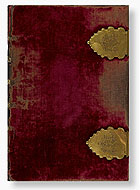
Buy Now from iTunes £8.99
Henry VIII’s Psalter
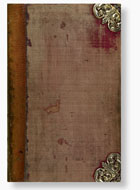
This is is an enhanced eBookTreasure edition and contains interpretative text and audio on selected pages.
Buy Now from iTunes £3.49
Sultan Baybars’ Qur’an
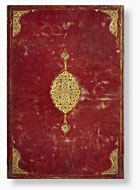
Buy Now from iTunes £1.99
